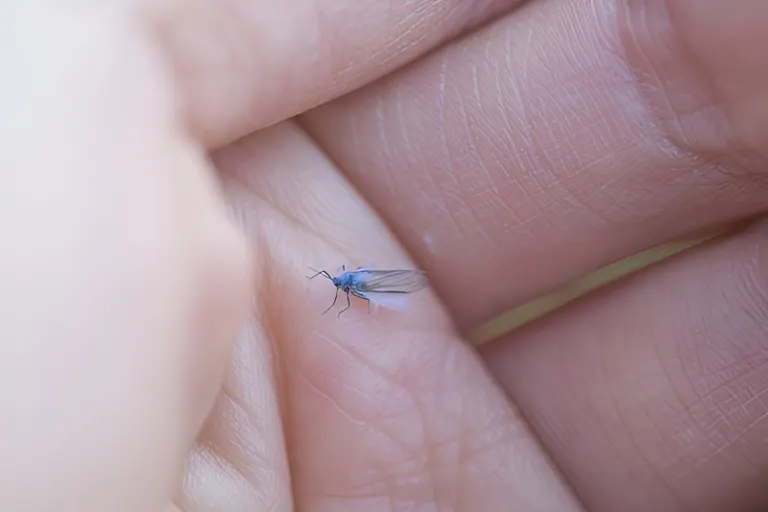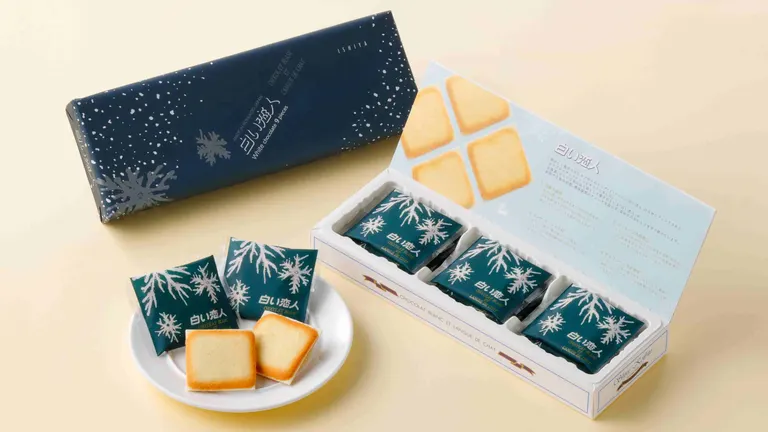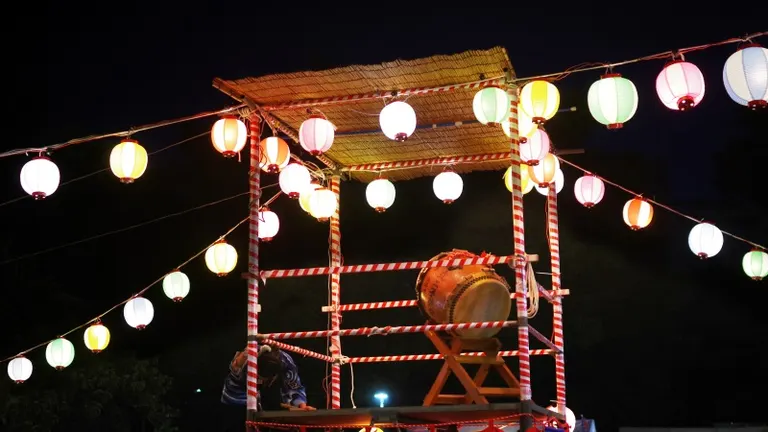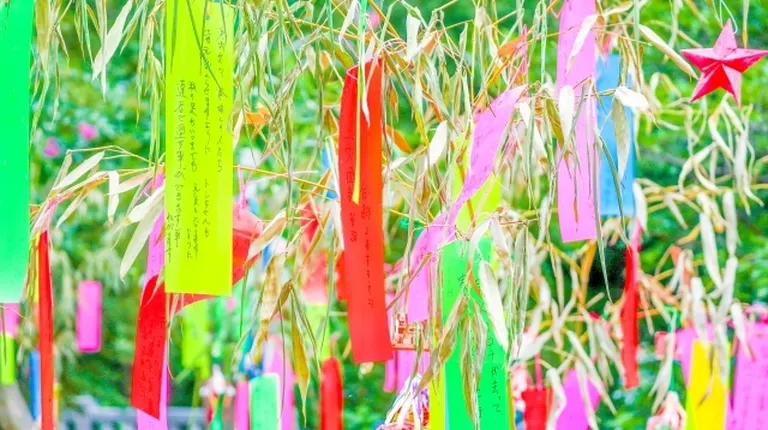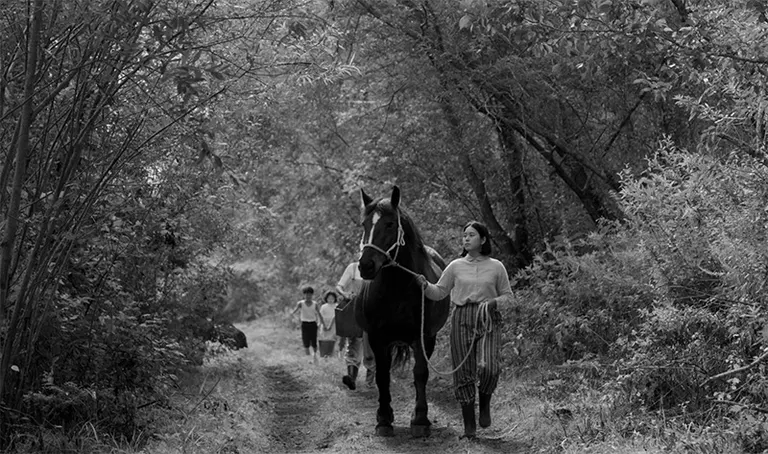
ARTICLES
Interview with Yoshiro Osaka, director of "Bride by Horse-drawn Sled," a short film depicting Tokachi in the 1950s
The Bride by Horse-drawn Sled

Mr. Osaka was born in Makubetsu-cho, Hokkaido. He studied filmmaking in the U.S., and after returning to Japan, he has worked as a filmmaker based in Tokyo. He has worked in a variety of genres while also producing his own films. About 5 years ago, Mr. Osaka came across this photo.

Photo: Kiyoji Shoda, Collection of Obihiro Centennial Memorial Museum
It was taken in 1956 by Kiyoji Shoda, a local photographer in Obihiro. He had never seen a woman dressed in a bridal gown riding in a horse-drawn sleigh in a snowy landscape, and he had a hunch that it would be suitable for a movie.
He immediately gathered a variety of documents and interviewed acquaintances who had actually experienced horse-drawn sleigh rides. What she found was that horses were a big part of the life in those days, and that the family was the same as it is today. What she sensed there was the magnitude of the horse's presence, which was unique to that era, and the family structure that is the same as today. Ms. Osaka's imagination was filled with ideas for the story, and she began filming in the fall of 2023.
Synopsis of "Bride by Horse-drawn Carriage
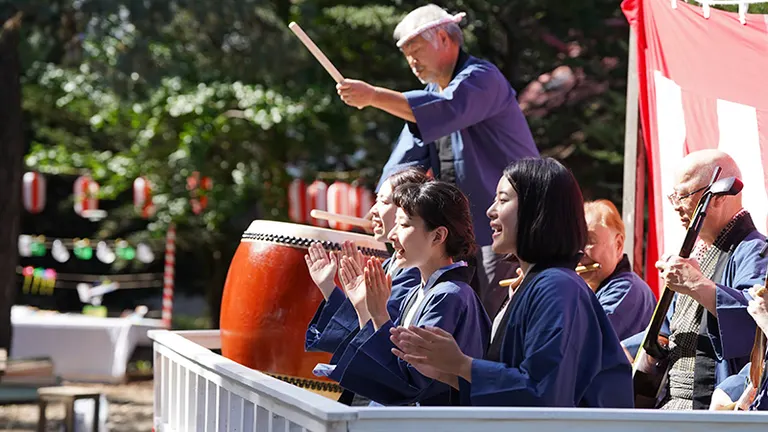
A farming village in Tokachi in 1955. Families and villagers are sweating and working hard on the farm with their horses. The eldest daughter Ichiko, the hard worker in the family, is attracted to a young leader named Rich at a youth club meeting. At a village festival, Ichiko sings a song, and she and Yutaka connect with each other, and the two huddle together on a hill. At the end of winter, Ichiko, dressed as a bride, rides off to Yutaka on a horse-drawn sleigh, with her family seeing her off...
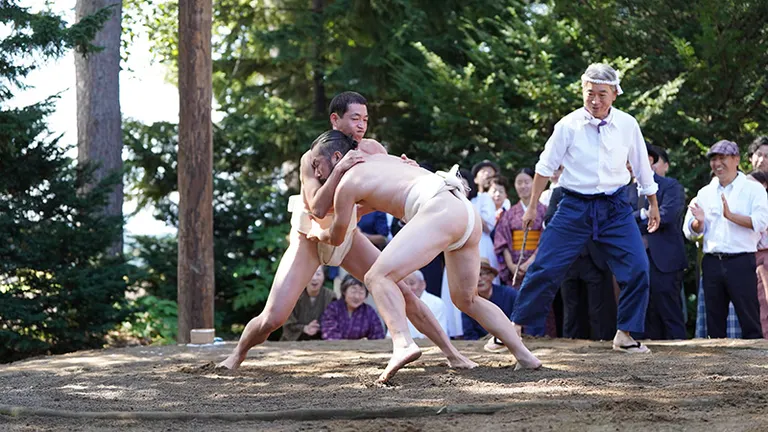
The ending with the bride riding on a horse-drawn sleigh to the venue of the ceremony. Toward this point, the film depicts the daily lives of the family and townspeople living on the farm, as well as the so-called normal life, such as the meeting with the lover and the wedding greeting scene. Although it is a film, it is depicted in a documentary style and recreates life in Tokachi in the 1950s.
The hardships of recreating the rural landscape of the Showa 30s. The joy of filming prevailed over it.
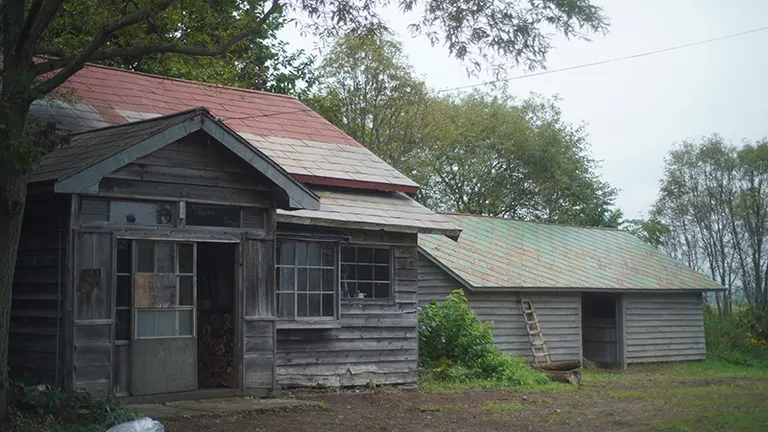
Creating a film set in the Showa era required a great deal of care in selecting locations. Some of the costumes and props are actually from that period, adding a sense of reality to the film. Ichiko's residence is an old private house found in the town of Taiki. The parts of the house that had been renovated and remodeled for modern use were "reverse-renovated" to bring the house back to its original appearance. The roof was replaced with an old material that was given away at the site of the house demolition. In addition, a new stable was built adjacent to the house. A local carpenter assisted in the construction.
When the staff from Tokyo saw the house, they were surprised at the high quality of the work. Even an independent film can go this far."
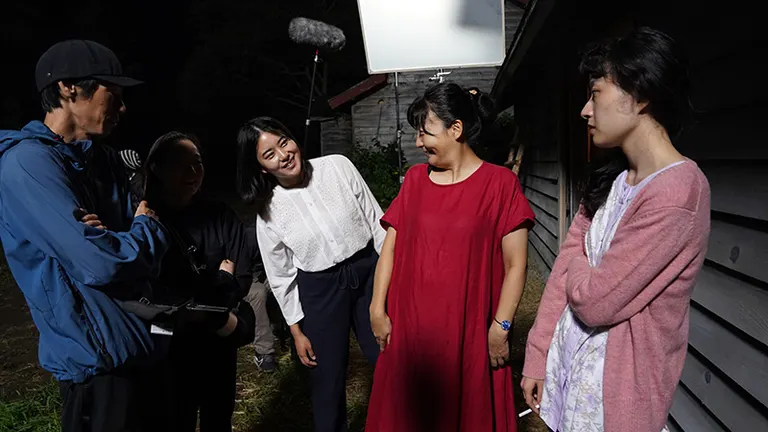
Various people from not only Tokyo but also Hokkaido were involved in the production. Hair and makeup was done by a Tokachi resident who enjoys arranging hair in the Showa style. Actors living in Sapporo and interns in their 20s are also participating as production staff. Many of the staff had no experience in filming movies, but their passion to "make it! The film's atmosphere on set was joyful from start to finish.
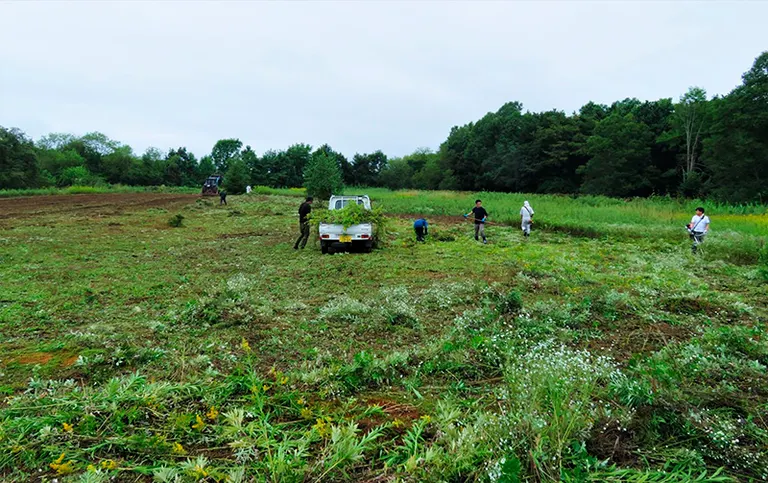
The lack of a suitable location for the filming led to the creation of a field. The land was overgrown with weeds and was cultivated with the help of volunteers. It was like working in the pioneer days, but that is why he realized firsthand how much he appreciated the presence of horses. For Mr. Osaka, his impressions of the horses, the region of Tokachi, and the strength of its predecessors have deepened even further since before he began filming.
- 1
- 2







